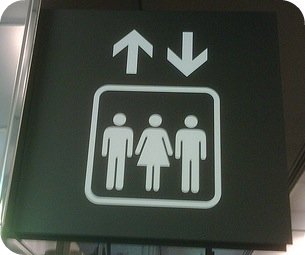Arpaio v. Dupre, 2011 WL 831964 (D.N.J., Mar 3, 2011)
It has been three years since Eliot Spitzer resigned as governor of New York for getting busted for hooking up with a prostitute (time flies!). Shortly after he resigned, Girls Gone Wild offered Ashley Dupre, the high-priced prostitute Spitzer was accused of patronizing, a million dollars to be in a new Girls Gone Wild magazine spread and promotional tour. But when the producers realized they already had archival footage of her from years earlier, they revoked that offer.
Dupre sued Joseph Francis, the head of Matra Films (the producer of Girls Gone Wild) for $10 million alleging that he improperly used Dupre’s image from the archival footage. She claimed that because she was only 17 at the time, she didn’t understand the nature of what she was doing. Francis responded by releasing a video that made its rounds on the web (maybe NSFW) that showed the 17-year-old Dupree saying she was of age, and presenting a New Jersey driver’s license bearing the name of plaintiff Arpaio.
Plaintiff filed this lawsuit against Dupre and Girls Gone Wild alleging defamation and invasion of privacy. After none of the defendants responded to the lawsuit, the court entered default against the Girls Gone Wild defendants. Plaintiff never properly served the complaint on Dupre, so it did not enter default judgment against her.
The court awarded plaintiff $3 million in damages. It based this figure on her testimony and other evidence relating to plaintiff’s distress from being mistaken for Dupre, her concern that future employment would be jeopardized from employers doing a Google search on her and learning of the situation, the harm from plaintiff’s children (someday) being exposed to insulting material, and plaintiff’s symptoms consistent with post traumatic stress disorder.

